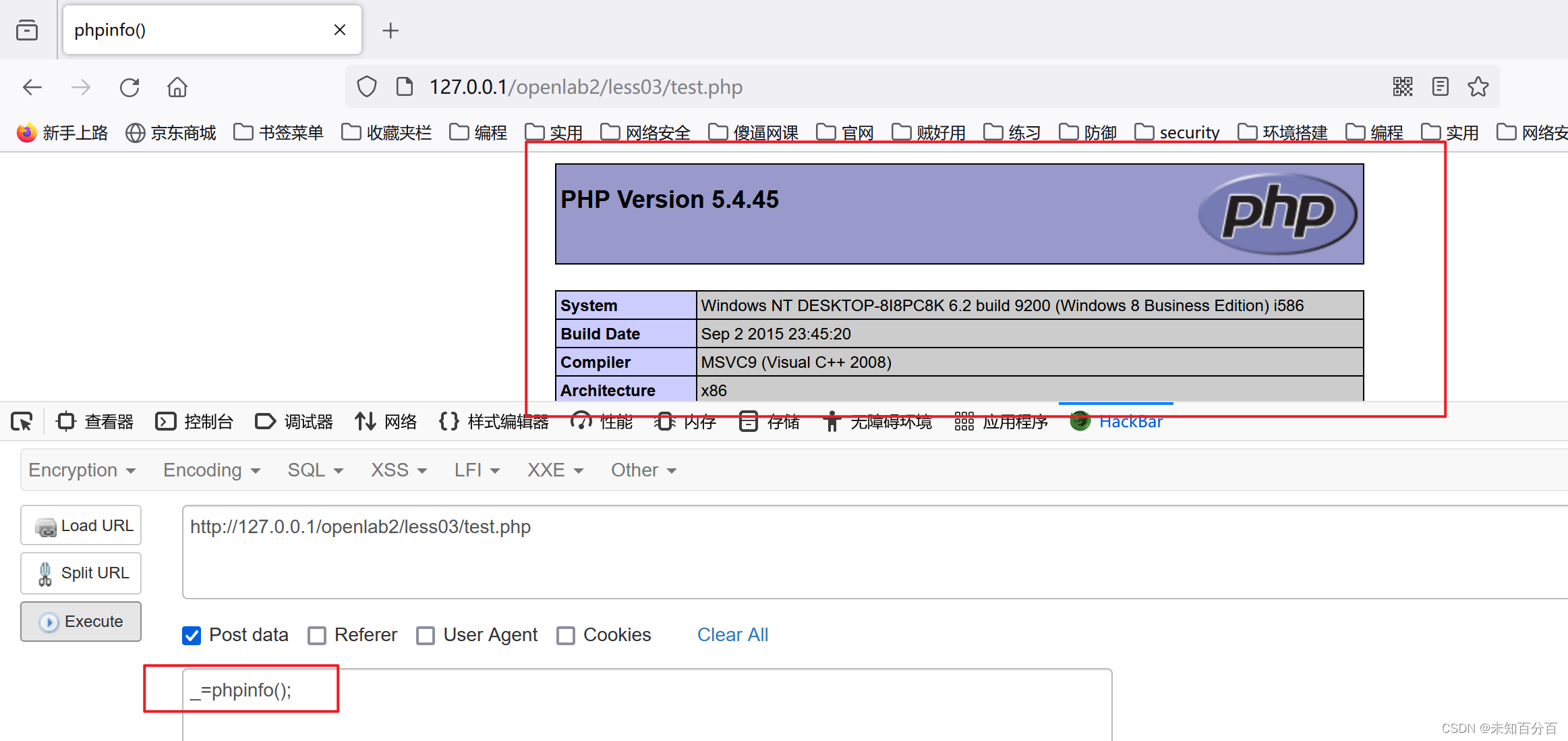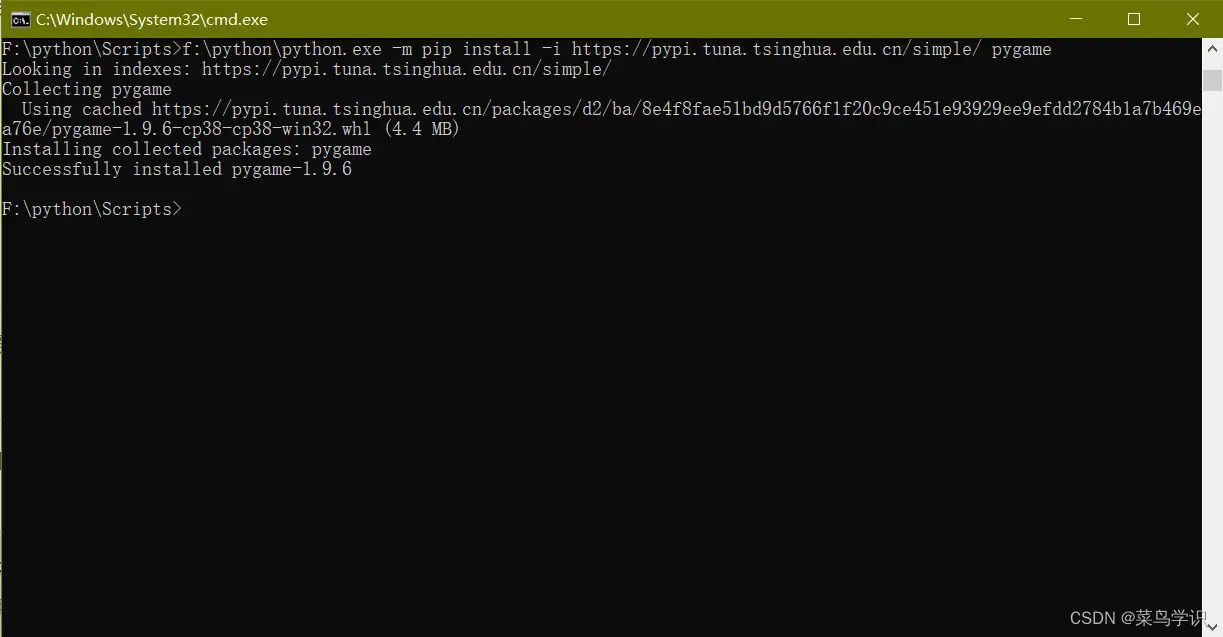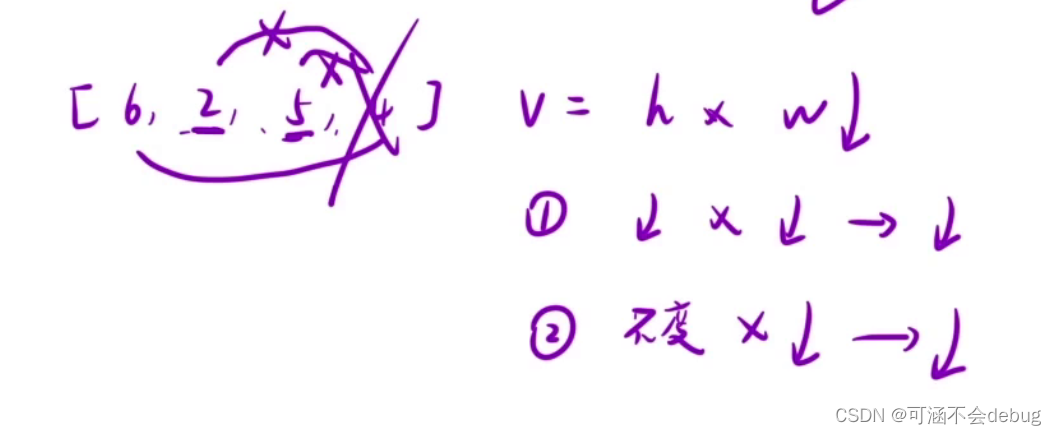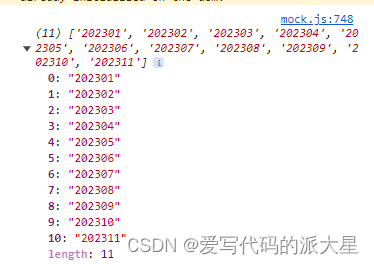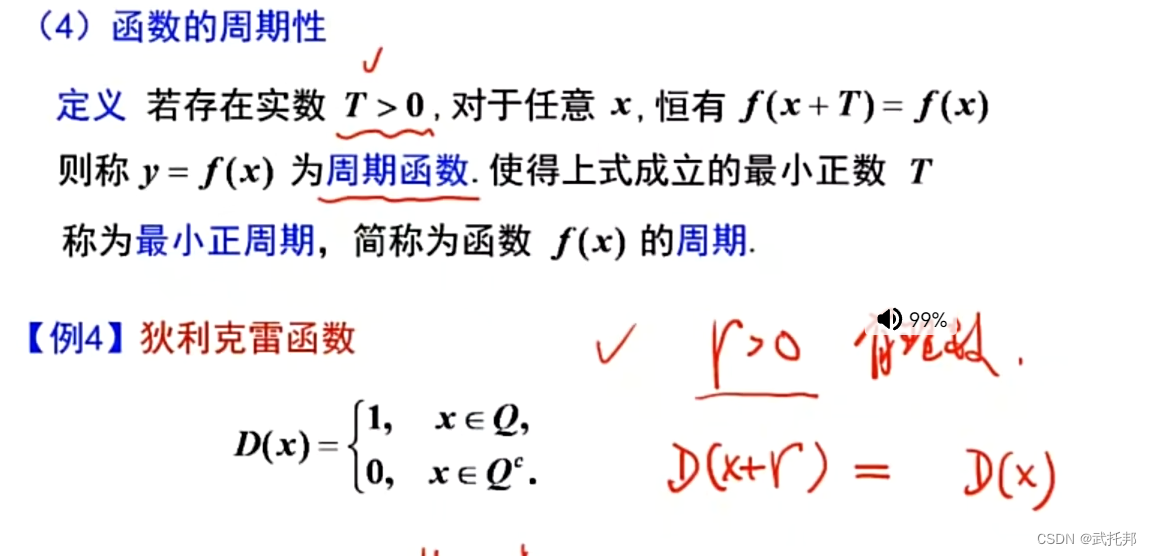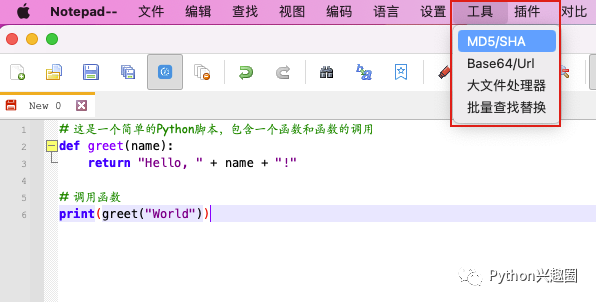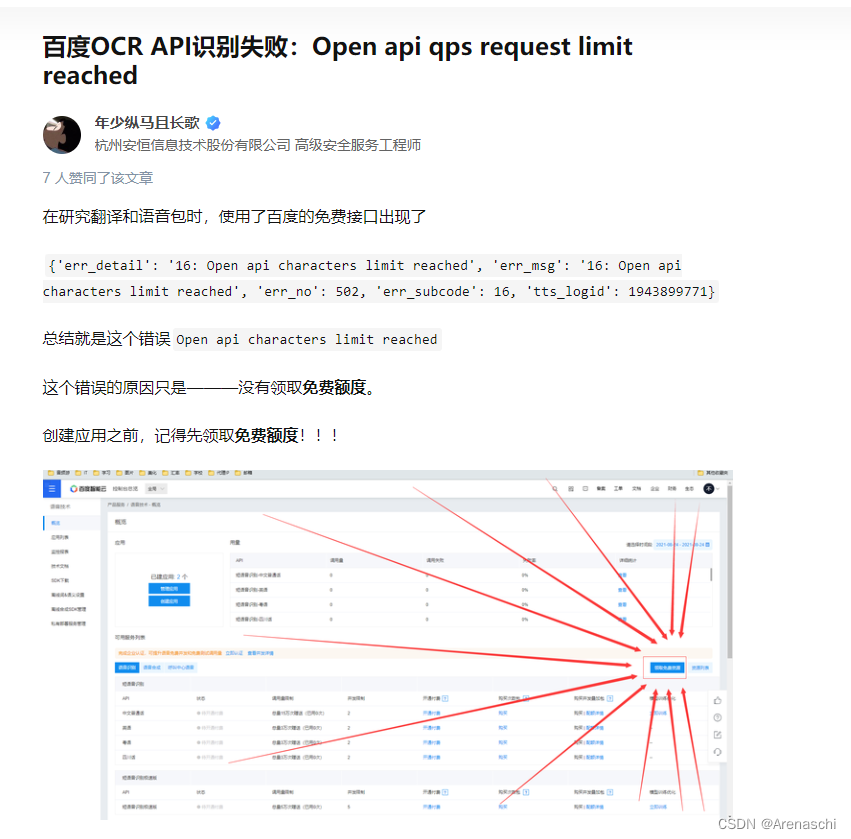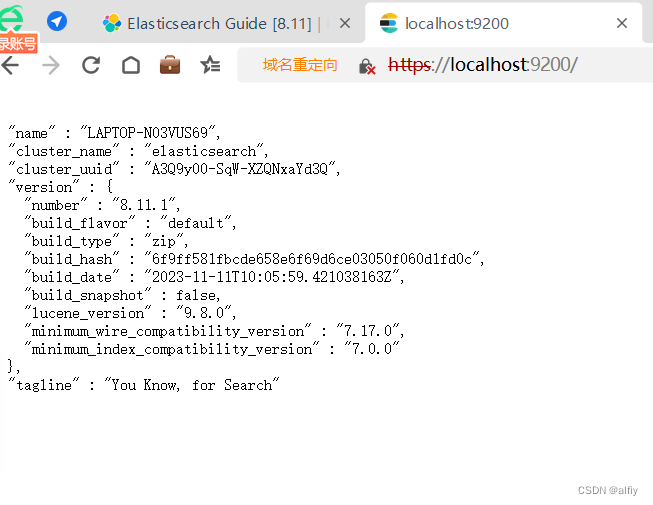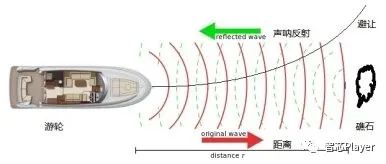一、前言
本章主要内容是关于配置器的接口架构设计,任意找一个配置器一直往上找,就会找到配置器的顶级接口:SecurityConfigurer。
查看SecurityConfigurer接口的实现类情况:


在
AbstractHttpConfigurer抽象类的下面可以看到所有用来配置HttpSecurity的配置器实现类(也是构造器)。
再通过继承关系图,看看配置器顶层的架构:

会发现,其中:SecurityConfigurerAdapter和GlobalAuthenticationConfigurerAdapter对SecurityConfigurer接口进行了实现,而WebSecurityConfigurer对SecurityConfigurer接口进行了继承。
查看SecurityConfigurer源码:
源码注释:
Allows for configuring a SecurityBuilder. All SecurityConfigurer first have their init(SecurityBuilder) method invoked. After all init(SecurityBuilder) methods have been invoked, each configure(SecurityBuilder) method is invoked.
允许配置SecurityBuilder(构造器)。所有SecurityConfigurer首先调用其init(SecurityBuilderr) 方法。在调用了所有init(SecurityBuilderr) 方法之后,将调用每个configure(SecurityBuilderr) 方法。
请参阅:
AbstractConfiguredSecurityBuilder
作者:
Rob Winch
类型形参:
<O>– The object being built by the SecurityBuilder B
<O>是被 B(继承SecurityBuilder<O>的构造器)构造出来的对象类型
<B>– The SecurityBuilder that builds objects of type O. This is also the SecurityBuilder that is being configured
<B>是被构造对象类型O的构造器类型,也是正在配置的构造器。
特殊说明:
SecurityConfigurer的所有实现类都是用来配置构造器的。也就是说,泛型中 O 和 B 的关系是,B 用来构造 O。而配置器的作用是配置这个构造器的,从而影响最终构造的结果。
/*** Allows for configuring a {@link SecurityBuilder}. All {@link SecurityConfigurer} first* have their {@link #init(SecurityBuilder)} method invoked. After all* {@link #init(SecurityBuilder)} methods have been invoked, each* {@link #configure(SecurityBuilder)} method is invoked.** @param <O> The object being built by the {@link SecurityBuilder} B* @param <B> The {@link SecurityBuilder} that builds objects of type O. This is also the* {@link SecurityBuilder} that is being configured.* @author Rob Winch* @see AbstractConfiguredSecurityBuilder*/
public interface SecurityConfigurer<O, B extends SecurityBuilder<O>> {/*** Initialize the {@link SecurityBuilder}. Here only shared state should be created* and modified, but not properties on the {@link SecurityBuilder} used for building* the object. This ensures that the {@link #configure(SecurityBuilder)} method uses* the correct shared objects when building. Configurers should be applied here.* * 初始化SecurityBuilder(构造器)。 这里只应该创建和修改共享状态,而不是用于构建对象的SecurityBuilder(构造器)上的属性。* 这可确保 configure(SecurityBuilder)方法在构建时使用正确的共享对象。 应在此处应用配置器。* * @param builder* @throws Exception*/void init(B builder) throws Exception;/*** Configure the {@link SecurityBuilder} by setting the necessary properties on the* * 配置SecurityBuilder(构造器)必要的属性。* * {@link SecurityBuilder}.* @param builder* @throws Exception*/void configure(B builder) throws Exception;}
下面我们分别对SecurityConfigurerAdapter、GlobalAuthenticationConfigurerAdapter、WebSecurityConfigurer三个分支进行源码分析。
二、SecurityConfigurerAdapter
源码注释:
A base class for SecurityConfigurer that allows subclasses to only implement the methods they are interested in. It also provides a mechanism for using the SecurityConfigurer and when done gaining access to the SecurityBuilder that is being configured.
SecurityConfigurer的基类,它允许子类仅实现它们感兴趣的方法。。它还提供了使用SecurityConfigurer以及完成后获取正在配置的SecurityBuilder(构造器)的访问权限的机制。
作者:
Rob Winch, Wallace Wadge
类型形参:
<O>– The Object being built by B
<O>是被 B 构造出来的对象类型
<B>– The Builder that is building O and is configured by SecurityConfigurerAdapter
<B>是被构造对象类型O的构造器,同时也是此SecurityConfigurerAdapter正在配置的对象。
/*** A base class for {@link SecurityConfigurer} that allows subclasses to only implement* the methods they are interested in. It also provides a mechanism for using the* {@link SecurityConfigurer} and when done gaining access to the {@link SecurityBuilder}* that is being configured.** @param <O> The Object being built by B* @param <B> The Builder that is building O and is configured by* {@link SecurityConfigurerAdapter}* @author Rob Winch* @author Wallace Wadge*/
public abstract class SecurityConfigurerAdapter<O, B extends SecurityBuilder<O>> implements SecurityConfigurer<O, B> {private B securityBuilder;private CompositeObjectPostProcessor objectPostProcessor = new CompositeObjectPostProcessor();@Overridepublic void init(B builder) throws Exception {}@Overridepublic void configure(B builder) throws Exception {}/*** Return the {@link SecurityBuilder} when done using the {@link SecurityConfigurer}.* This is useful for method chaining.* @return the {@link SecurityBuilder} for further customizations* @deprecated For removal in 7.0. Use the lambda based configuration instead.*/@Deprecated(since = "6.1", forRemoval = true)public B and() {return getBuilder();}/*** Gets the {@link SecurityBuilder}. Cannot be null.* @return the {@link SecurityBuilder}* @throws IllegalStateException if {@link SecurityBuilder} is null*/protected final B getBuilder() {Assert.state(this.securityBuilder != null, "securityBuilder cannot be null");return this.securityBuilder;}/*** Performs post processing of an object. The default is to delegate to the* {@link ObjectPostProcessor}.* @param object the Object to post process* @return the possibly modified Object to use*/@SuppressWarnings("unchecked")protected <T> T postProcess(T object) {return (T) this.objectPostProcessor.postProcess(object);}/*** Adds an {@link ObjectPostProcessor} to be used for this* {@link SecurityConfigurerAdapter}. The default implementation does nothing to the* object.* @param objectPostProcessor the {@link ObjectPostProcessor} to use*/public void addObjectPostProcessor(ObjectPostProcessor<?> objectPostProcessor) {this.objectPostProcessor.addObjectPostProcessor(objectPostProcessor);}/*** Sets the {@link SecurityBuilder} to be used. This is automatically set when using* {@link AbstractConfiguredSecurityBuilder#apply(SecurityConfigurerAdapter)}* @param builder the {@link SecurityBuilder} to set*/public void setBuilder(B builder) {this.securityBuilder = builder;}/*** An {@link ObjectPostProcessor} that delegates work to numerous* {@link ObjectPostProcessor} implementations.** @author Rob Winch*/private static final class CompositeObjectPostProcessor implements ObjectPostProcessor<Object> {private List<ObjectPostProcessor<?>> postProcessors = new ArrayList<>();@Override@SuppressWarnings({ "rawtypes", "unchecked" })public Object postProcess(Object object) {for (ObjectPostProcessor opp : this.postProcessors) {Class<?> oppClass = opp.getClass();Class<?> oppType = GenericTypeResolver.resolveTypeArgument(oppClass, ObjectPostProcessor.class);if (oppType == null || oppType.isAssignableFrom(object.getClass())) {object = opp.postProcess(object);}}return object;}/*** Adds an {@link ObjectPostProcessor} to use* @param objectPostProcessor the {@link ObjectPostProcessor} to add* @return true if the {@link ObjectPostProcessor} was added, else false*/private boolean addObjectPostProcessor(ObjectPostProcessor<?> objectPostProcessor) {boolean result = this.postProcessors.add(objectPostProcessor);this.postProcessors.sort(AnnotationAwareOrderComparator.INSTANCE);return result;}}}
内容很简单:
-
有一个内部类
CompositeObjectPostProcessor:复合后置处理器对象类 -
定义了两个成员变量:
- 将要配置的构造器
securityBuilder - 复合后置处理器
objectPostProcessor
- 将要配置的构造器
-
从接口中实现的方法和自己新加的几个方法
init和configure是实现接口的方法and、getBuilder、postProcess、addObjectPostProcessor、setBuilder方法是自己加的
2.1 允许子类只实现他们感兴趣的方法
在源码中可以看到,所有的方法都有方法体,包括对接口方法的实现(虽然是空方法体)。所以继承 SecurityConfigurerAdapter 的配置器可以根据自己的需求实现(覆盖)自己感兴趣的方法。
可以自己实现
init,如果自己不需要初始化,也可以不实现,在构造器调用其init方法时什么也不做。
2.2 setBuilder 方法
这个方法有点特别,所以单独说一下,方法内容很简单,就是设置配置器的成员变量private B securityBuilder(即:构造器),但是官网又这样一句注释:
Sets the SecurityBuilder to be used.
This is automatically set when using AbstractConfiguredSecurityBuilder.apply(SecurityConfigurerAdapter)
第一句很好理解:这个方法是来设置要使用的构造器(private B securityBuilder,其B extends SecurityBuilder<O>)。
第二句就是当 AbstractConfiguredSecurityBuilder.apply(SecurityConfigurerAdapter) 调用时被自动设置。
回顾上篇中的4.4.7章节:
/*** Applies a {@link SecurityConfigurerAdapter} to this {@link SecurityBuilder} and* invokes {@link SecurityConfigurerAdapter#setBuilder(SecurityBuilder)}.* @param configurer* @return the {@link SecurityConfigurerAdapter} for further customizations* @throws Exception*/
@SuppressWarnings("unchecked")
public <C extends SecurityConfigurerAdapter<O, B>> C apply(C configurer) throws Exception {configurer.addObjectPostProcessor(this.objectPostProcessor);configurer.setBuilder((B) this);add(configurer);return configurer;
}
可以看出,configurer在被调用之前是不知道要配置哪个构造器的。在构造器调用 apply 方法时才真正设置配置器的成员变量(即:构造器)。所以官方注释才说 setBuilder 方法时自动调用的,我们不能手动去设置。
只有构造器
(B) this应用了这个配置器configurer,这个配置器configurer才会绑定上这个构造器(B) this。
2.3 and 方法
and() 方法提供了一种使用SecurityConfigurer以及完成后获取正在配置的SecurityBuilder(构造器)的访问权限的机制。
有必要说一下为什么是正在配置,因为在这个时候还没有对构造器(private B securityBuilder )进行配置。
在上篇文章中讲解Builder设计模式时,提到过构造器的构造时机在调用构造器的 build 方法,在AbstractConfiguredSecurityBuilder#doBuild方法中加入了构造生命周期控制,在里面才开始调用各个配置器的 init 方法和 configure 方法。所以这里获取到的时正在配置的构造器对象。
在构造器的构造过程中利用配置器进行配置,从而影响最终构造的结果。
2.4 复合后置处理对象
这个内部类对象很简单,看一下内部类的内容就明白了:它维护的是一个 List 集合
private List<ObjectPostProcessor<?>> postProcessors = new ArrayList<>();
因此称之为:复合后置处理对象(CompositeObjectPostProcessor),就是里面有多个。
2.5 DEBUG 参数跟踪
AbstractConfiguredSecurityBuilder#apply:

SecurityConfigurerAdapter#setBuilder:

由上可知:
SecurityConfigurerAdapter中设置的构造器为HttpSecurity。
三、GlobalAuthenticationConfigurerAdapter
这个类的类名说明它是一个全局配置相关的类。
/*** A {@link SecurityConfigurer} that can be exposed as a bean to configure the global* {@link AuthenticationManagerBuilder}. Beans of this type are automatically used by* {@link AuthenticationConfiguration} to configure the global* {@link AuthenticationManagerBuilder}.** @author Rob Winch* @since 5.0*/
@Order(100)
public abstract class GlobalAuthenticationConfigurerAdapterimplements SecurityConfigurer<AuthenticationManager, AuthenticationManagerBuilder> {@Overridepublic void init(AuthenticationManagerBuilder auth) throws Exception {}@Overridepublic void configure(AuthenticationManagerBuilder auth) throws Exception {}}
从源码可以看出它实现 SecurityConfigurer 接口,没有具体的实现内容,只是对构造器和构造器将要构造的对象做了限制:
-
将要配置的构造器:
AuthenticationManagerBuilder可以作为
bean公开以配置全局构造器AuthenticationManagerBuilder。 -
将要构造的对象:
AuthenticationManager将被构造器构造出最终目的类型
AuthenticationManager。
四、WebSecurityConfigurer
/*** Allows customization to the {@link WebSecurity}. In most instances users will use* {@link EnableWebSecurity} and create a {@link Configuration} that exposes a* {@link SecurityFilterChain} bean. This will automatically be applied to the* {@link WebSecurity} by the {@link EnableWebSecurity} annotation.** @author Rob Winch* @since 3.2* @see SecurityFilterChain*/
public interface WebSecurityConfigurer<T extends SecurityBuilder<Filter>> extends SecurityConfigurer<Filter, T> {}
该接口继承SecurityConfigurer接口,从源码中可以看出,它没有定义自己的方法,所有的方法都是从父接口继承,那么它的作用还有配置SecurityBuilder(构造器),但是它对类型做了约束:
-
WebSecurityConfigurer的泛型为TT继承了SecurityBuilder,所以T表示是一个对象构造器 -
SecurityBuilder的泛型为Filter表示
SecurityBuilder将要构造的对象是一个javax.servet.Filter,也就是说,它约束了T,说明T的作用是构造Filter -
将要传入父接口
SecurityConfigurer的两个泛型:Filter和TWebSecurityConfigurer继承SecurityConfigurer,从这里可以看出,对SecurityConfigurer做了约束,目前只有T还没有指定具体的类型,至于最终使用什么类型的构造器由实现类或者子接口指定。
